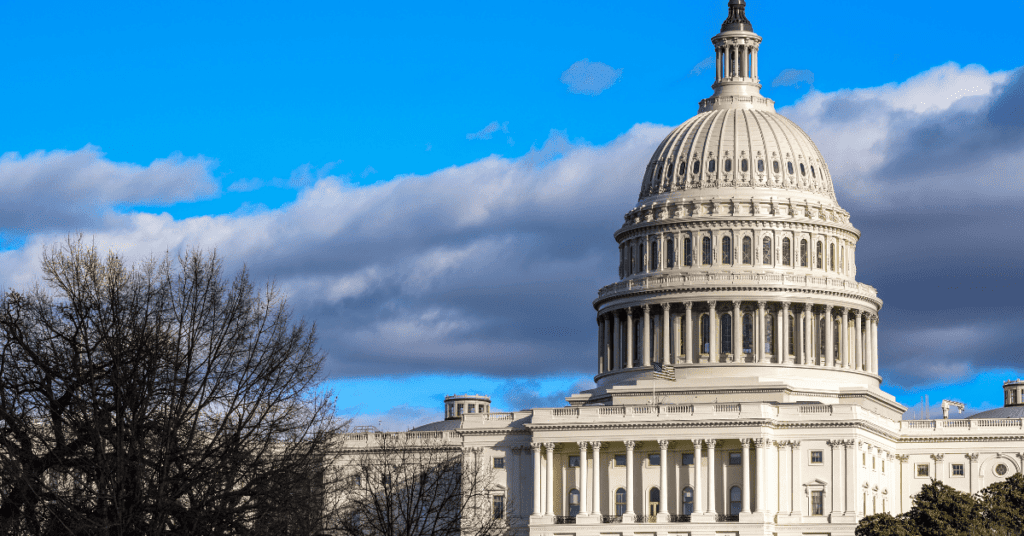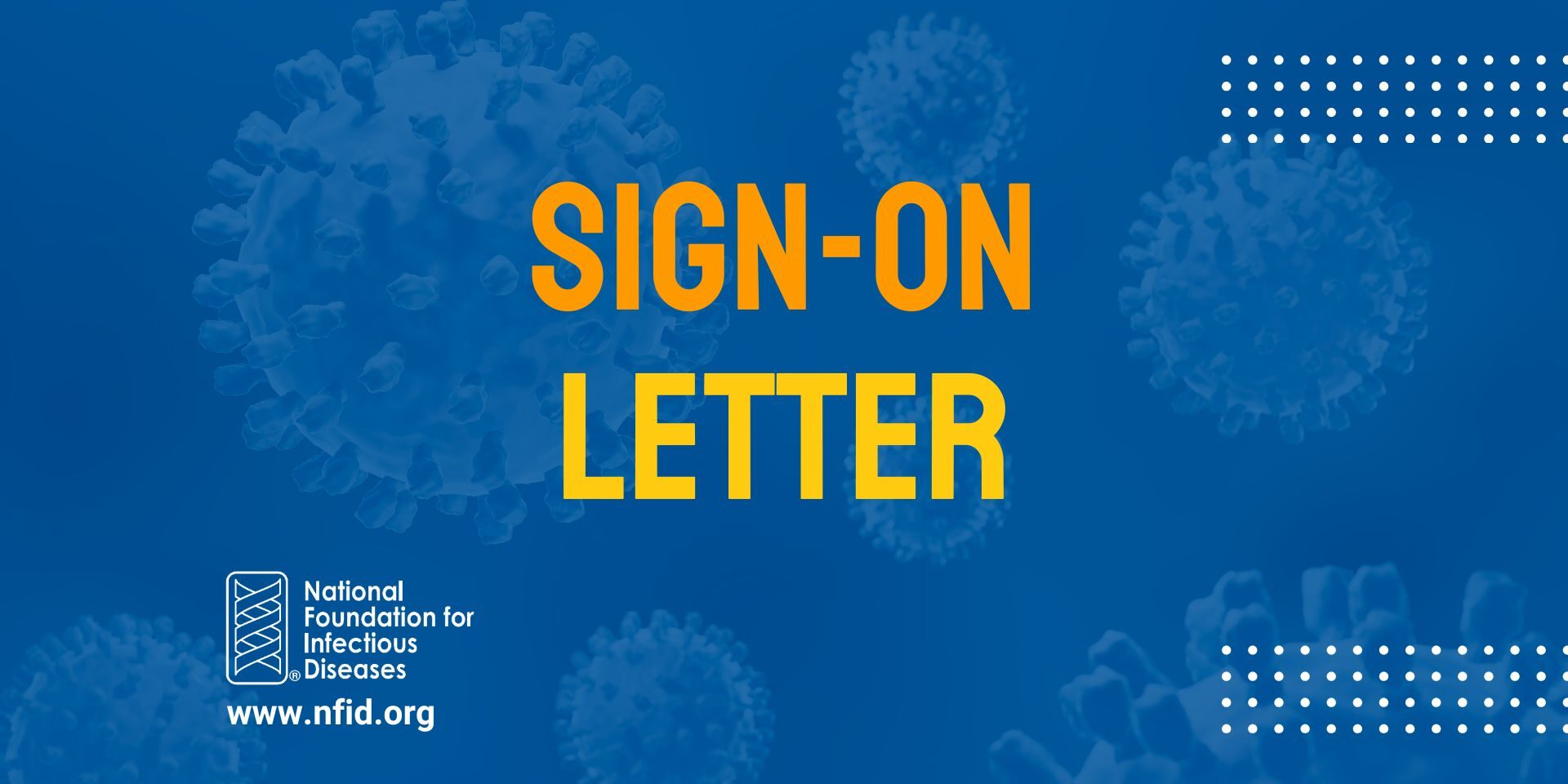
As a result of the November 2024 US election, the Republican Party will control the Presidency and both chambers of Congress. The new Congress will be sworn in on January 3, 2025, and Donald Trump will officially be inaugurated as President on January 20, 2025. This will give President Trump broad, but not unchecked authority to advance his agenda.
Many have already started to speculate about what this could mean for science, including whether federal scientific agencies might be subject to funding cuts over the coming years. AAI issued a statement on the US election to its members on November 8 expressing a commitment “to working with the new Administration and Congress to achieve the best possible outcomes for the immunology community, fighting for research funding and championing science.”
Our analysis below focuses on what we know as of December 3, 2024.
Congressional Margins are Slim
Republicans will control the Senate by a margin of 53-47, re-claiming the chamber after the Democratic Party controlled it in the 118th Congress. Due to the Senate’s filibuster rule, most controversial legislation requires 60 votes for passage. Without a change to Senate rules, annual spending bills will still be subject to this 60-vote threshold. Government agencies funded through these bills, like the National Institutes of Health (NIH), are unlikely to face steep cuts without bipartisan agreement. There are two notable exceptions to the filibuster rule, both of which allow a simple majority vote: presidential nominations and budget reconciliation bills (in which all of the provisions must have the budgetary effect of increasing or lowering the deficit).
Republicans retained control of the House of Representatives, with a majority that will not significantly change from the 119th Congress. At press time, Republicans, who hold a 220-213 majority in the current Congress, have a 220-214 edge in the next Congress, with one vacancy due to the resignation of former Representative Matt Gaetz (R-FL, 1st). Although most business in the House can be done with a simple majority vote, this narrow margin could impede the ability of Speaker of the House Mike Johnson (R-LA, 4th) to move forward without at least some bipartisan consensus.
Trump’s Record on NIH Funding is Mixed
President-elect Trump proposed major funding cuts (ranging from $3 billion to $5.7 billion) to NIH nearly every year of his first presidency. AAI, along with many other organizations across the biomedical research community, expressed deep concern about these potential cuts. Fortunately, Congress approved and then-President Trump signed into law appropriations bills that increased funding for NIH in each of those years, including an FY 2018 spending bill that increased the NIH budget by $3 billion (8.8%).
The fiscal environment is undoubtedly different this time around. Following the US election, it emerged that Trump advisers Elon Musk and Vivek Ramaswamy will be leading a newly formed “Department of Government Efficiency”. DOGE will, according to President-elect Trump, “pave the way . . . to dismantle Government Bureaucracy, slash excess regulations, cut wasteful expenditures, and restructure federal agencies.” Musk has said that he thinks it is possible to identify at least $2 trillion in cost savings, though it is unclear over what period of time. Such a drastic reduction in federal spending could be extremely damaging to both the federal scientific workforce and grantees of federal scientific agencies.
NIH Reform is on the Table
In June 2024, House Energy and Commerce Committee Chair Cathy McMorris Rodgers (R-WA, 5th) released a framework for reforming NIH, which includes, among its many ideas, a proposal to reduce the number of NIH Institutes and Centers from 27 to 15 (see the October 2020 edition of the AAI Newsletter for more details). Although Representative McMorris Rodgers is retiring from Congress at the end of this year, many Members of Congress have echoed her call for significant NIH reform. One key member who is supportive of her framework is Representative Robert Aderholt (R-AL, 4th), who currently serves as Chair of the House, Labor, Health and Human Services, Education, and Related Agencies Appropriations Subcommittee, which has jurisdiction over NIH funding.
AAI sent a letter to Chair McMorris Rodgers in August, articulating some initial concerns and urging Congress to take a rigorous, data-driven approach to reform, including commissioning a study by a nonpartisan, expert scientific body. The recently reconstituted NIH Scientific Management Review Board will also be developing its own recommendations for reforming the agency.
Presidential Nominations (Except Recess Appointments) Must Be Confirmed by the Senate
A new President must make about 4,000 nominations, 1,200 of which require Senate confirmation. The Secretary of Health and Human Services (HHS), the NIH Director, and as of January 2025, the director of the Centers for Disease Control and Prevention are all nominations that must be Senate-confirmed.
President-elect Trump has said that he will nominate Robert F. Kennedy, Jr., to serve as HHS Secretary. Some of Kennedy’s comments have caused alarm in parts of the scientific community. He has claimed a false connection between vaccines and autism and has stated that no vaccine is safe and effective, though he has also claimed that he is not anti-vaccine. In November 2024, shortly after the US election, Kennedy spoke about the need for major NIH workforce reductions very early in 2025, suggesting that 600 NIH employees should be terminated. He has also proposed “giving [NIH] infectious disease [research] a break for about 8 years.”
Trump has also announced his intent to nominate Dr. Jay Bhattacharya to serve as the next Director of NIH. Dr. Bhattacharya is a Professor of Medicine at Stanford University where he also earned his M.D. and his Ph.D. in economics. Dr. Bhattacharya is best known for co-authoring “The Great Barrington Declaration” in October 2020, which advocated for the implementation of a “Focused Protection” COVID-19 strategy, allowing “those who are at minimal risk of death to live their lives normally to build up immunity to the virus through natural infection, while better protecting those who are at highest risk.” Proposing this attempt to achieve herd immunity at a time prior to vaccine availability was deemed dangerous by many in the scientific community, in part because it ignored important factors, including that much of the population has one or more underlying condition(s), a known risk factor for complications from SARS-CoV-2 infection. It also failed to address the persistent symptoms that many patients were suffering, or might suffer, as a result of Long COVID.
All nominations that require Senate confirmation must first be reviewed by a committee of jurisdiction and ultimately approved by the full Senate, by a simple majority vote. In the case of the HHS Secretary, the nomination will be considered by the Senate Finance Committee prior to full Senate consideration, while any nomination for a new NIH director would first be considered by the Senate Health, Education, Labor and Pensions Committee.
Presidents have the authority to temporarily fill vacancies by making recess appointments any time Congress adjourns for 10 days or longer. Since 2016, Congress has blocked recess appointments by returning for short pro-forma sessions every three to four days. Whether this practice will continue in the new Congress is unknown. Press reports indicate that President-elect Trump is considering a maneuver that would allow him to fill Administration vacancies even if Congress does not adjourn.




